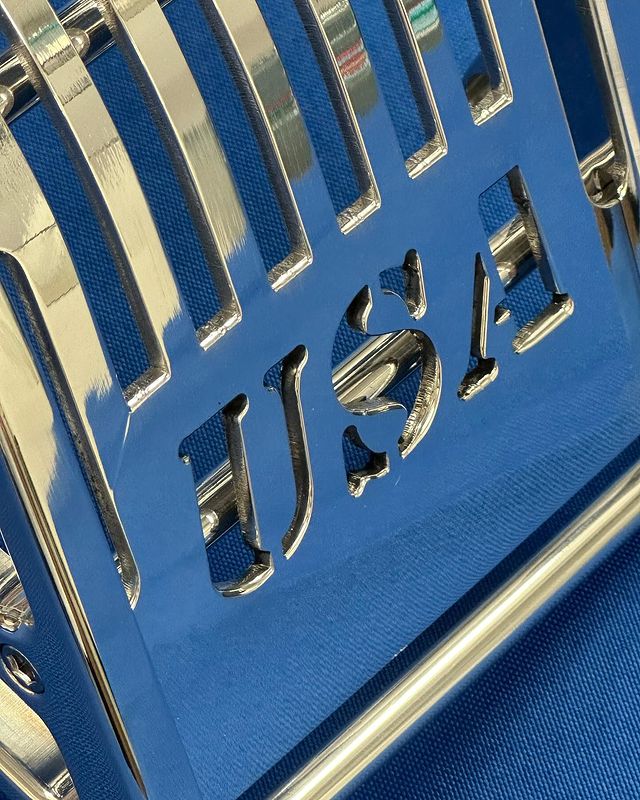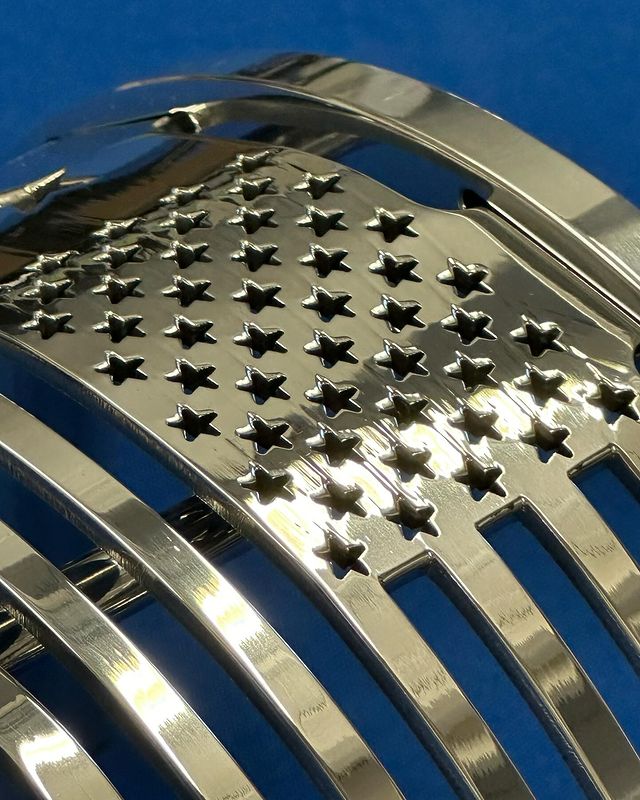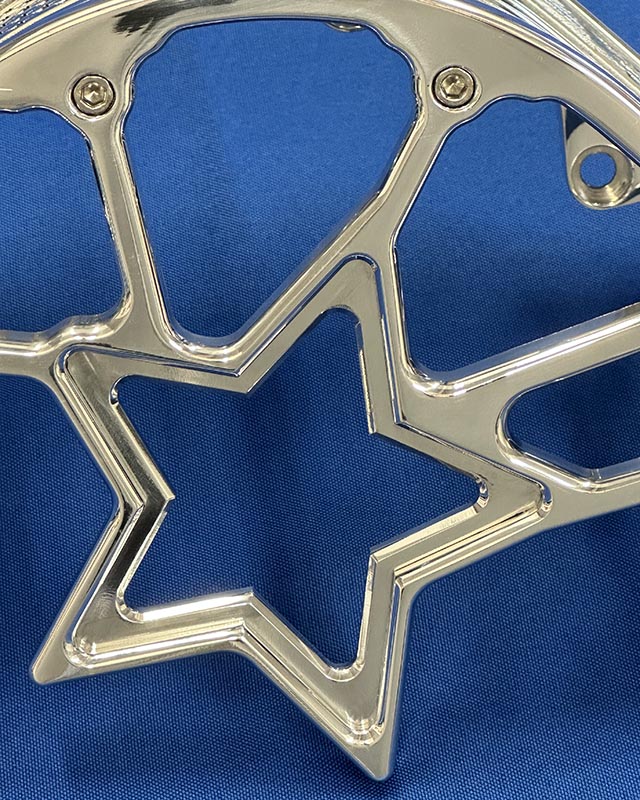In the world of high-performance racing, safety and performance go hand in hand. Over the years, every component of a racing vehicle has undergone significant evolution to keep up with increasing speeds and power demands. One such component is the blower belt guard, a crucial piece of equipment that not only protects the blower belt but also safeguards the driver and engine from potential failures.
The Early Days: Simple Protection
The earliest versions of blower belt guards were relatively rudimentary. Back in the early days of drag racing and high-performance vehicles, blower belts were left mostly exposed. The focus was on speed and horsepower, with minimal attention paid to safety. However, as engines became more powerful, the need to protect the belt and surrounding components became evident.
The first blower belt guards were simple metal shields that provided basic protection from flying debris or snapped belts. While effective, they were often heavy and didn’t consider factors like aerodynamics or ease of maintenance. These early guards did the job, but they were far from optimized for high-performance racing.
Innovation in Materials and Design
As racing technology advanced, so did the design of blower belt guards. By the late 20th century, manufacturers began experimenting with new materials such as aluminum, carbon fiber, and reinforced plastics. These materials offered several advantages: they were lighter, stronger, and more resistant to wear and tear.
Designs also became more streamlined, focusing on aerodynamics to reduce drag and improve overall performance. Engineers recognized that a well-designed blower belt guard could do more than just protect the belt—it could also enhance a vehicle’s speed by minimizing resistance.
The Role of Safety Regulations
Another driving force behind the evolution of blower belt guards was the implementation of stricter safety regulations in motorsports. As speeds increased and the risks of racing grew more pronounced, racing organizations began mandating the use of blower belt guards as part of their safety standards.
These regulations pushed manufacturers to innovate further, ensuring that guards not only met the minimum safety requirements but also optimized performance. This led to the creation of guards that could withstand extreme conditions, such as high heat, vibration, and pressure, while still being lightweight and easy to install.
Modern-Day Blower Belt Guards
Today, blower belt guards are an essential component of any serious racing vehicle. Modern designs are precision-engineered to provide maximum protection without sacrificing performance. They are made from advanced materials like titanium, carbon fiber, and high-grade aluminum, which offer a perfect balance of strength and weight.
In addition to safety and performance, modern blower belt guards are designed with ease of maintenance in mind. Quick-release systems, modular designs, and improved access points mean that racers can easily inspect and replace their guards without losing valuable time during a race.
The Future of Blower Belt Guards
As racing technology continues to evolve, so too will the design of blower belt guards. Innovations in 3D printing, nanotechnology, and material science could lead to even lighter, stronger, and more efficient guards in the near future. Safety will always be a top priority, but performance enhancements will remain a key focus for manufacturers.
In conclusion, the evolution of blower belt guards mirrors the broader advances in motorsport engineering. From simple metal shields to high-tech, aerodynamic components, these guards have come a long way in terms of both safety and performance. As racing continues to push the boundaries of speed and power, the role of the blower belt guard will remain crucial to keeping drivers safe and engines running at their peak. Purchase one for your motor today, custom made by Racing and Development!








